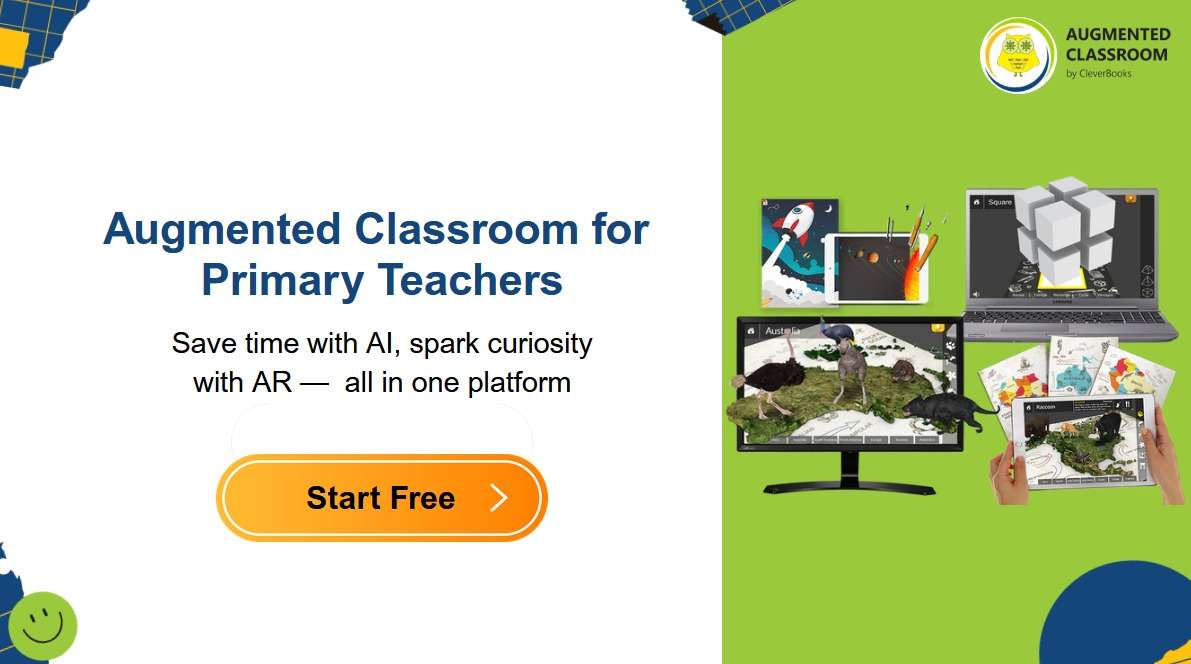We’ve all been there: you’re teaching a topic you know is important, but attention is slipping, eyes are wandering, and the energy in the room feels flat. The truth is, even the most essential lessons can fall flat when students don’t feel involved.
The good news? With just a few tweaks, any lesson can become interactive, engaging, and memorable. Here’s how.
Bring Geography to Life with Exploration
Instead of looking at static maps, let students explore them. Imagine a geography lesson where kids scan an image and suddenly a 3D globe appears, letting them zoom in on countries, trace rivers, or “visit” mountains. It’s not just a map anymore — it’s an adventure.
No tech? No problem.
You can still turn geography into a hands-on experience with group challenges: ask students to design a travel route, debate which landmarks to visit, or solve riddles that lead them across the world.
Make History Tangible with Virtual Artifacts
History can feel distant when it’s just dates and names. But what if students could “hold” a Roman coin, rotate a medieval shield, or zoom in on ancient writing? Suddenly, the past becomes something they can touch and explore, not just read about.
Offline twist:
Create a classroom “museum.” Give groups different primary sources (printed photos, replicas, or even everyday objects as stand-ins) and ask them to present what they’ve “discovered” about life in that era.
Turn Problem-Solving into an Adventure
Math or science problems don’t have to be silent worksheet tasks. Turn them into challenges:
- Group work where each team tackles part of a bigger puzzle.
- A debate on which solution is most efficient.
- A real-life scenario where students calculate, measure, or experiment to solve.
Layering in interactive digital tools makes these challenges even richer. For example, AI-driven activities can instantly adapt the difficulty level to each student, ensuring nobody is left behind — or bored.
Adding a Simple Layer of Interactivity with AR
One of the easiest ways to make lessons interactive is by taking what you already teach and adding a digital layer. With AR content, students can step inside ecosystems, explore 3D maps, or manipulate objects that would otherwise only exist in pictures.
This doesn’t mean rewriting your lesson plans — it’s about enhancing them. A worksheet becomes an exploration, a reading assignment becomes a discovery, and a lecture becomes a hands-on experience.
Why Interactivity Matters
When students are actively involved, they’re not just paying attention — they’re building lasting connections with the material. Whether through group work, debates, problem-solving, or immersive technology, interactivity transforms learning from passive listening into active discovery.
And the best part? These strategies don’t replace traditional teaching. They simply give you more ways to capture curiosity and make lessons stick.
Whether it’s through low-tech strategies like debates and group challenges or high-tech solutions like AR and adaptive AI, any lesson can be turned into an interactive adventure. Start small, add one layer at a time, and watch your classroom energy transform.

